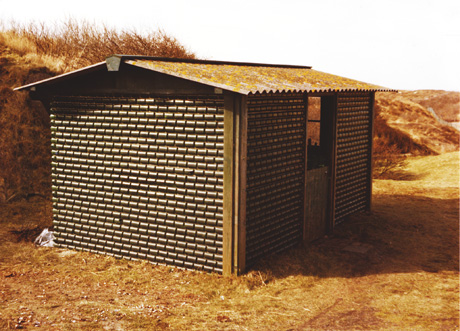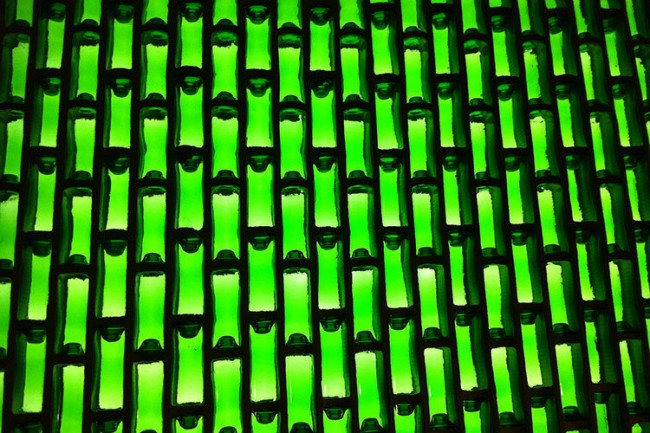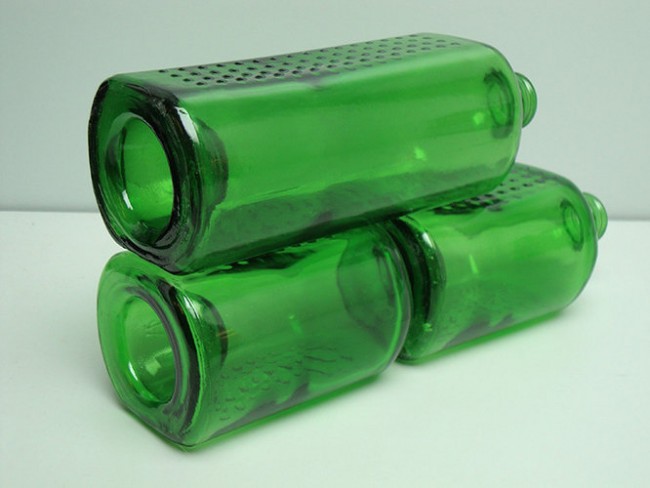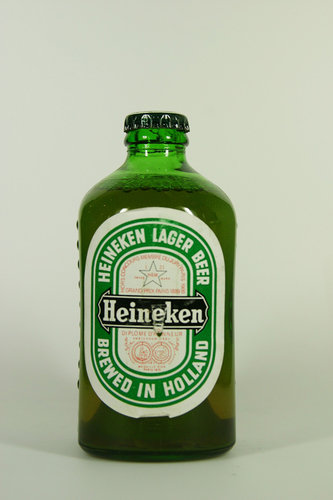Design
DESIGN/ARCHITECTURE: #TBT 1960s Heineken Brick Bottles
When Alfred Heineken, owner of the beer that bares his name, was visiting Curaçao in 1960, he came away with two bits of sadness that produced a great concept. The sight of the many Heineken bottles that littered the island, and the lack of good housing. In Holland, a very efficient recycling system was set that allowed for a bottle to be used 30 times before being thrown away. But in Curaçao they were used once and thrown out. So Alfred set to develop a bottle that could be reused, not as containers of beer... but of people.
Martin Pawley calls the bottles in his book Garbage Housing, “the first mass production container ever designed from the outset for secondary use as a building component.” They then hired architect John Habraken to redesign the bottles to double as building material. They also intended to use the shipping containers as roofing material. Manufacturers are aware that their products sometimes have second lives, like the milk create industry supplying DJs with containers for their records. But Paul Collins of Cabinet Magazine says, "The crucial difference with WOBO was its stated intent: these bottles were specifically designed for reuse, to the point of including blueprints."
The first WOBO house with Heiny walls was built in 1965, near Alfred Heineken’s villa in Noordwijk, Holland. It was to be the only WOBO house built since the marketing department feared that their premium beer may not hold it's prestige if poor people were using the containers to make houses.
The design would probably still play well today, even with the small number of eco conscious beer drinkers in the world. Our superior technology, compared to what they had in the 60s, current limitless possibilities for design ideas - thanks to 3D modeling, and growing public concern with the environment; make the container a great idea to further develop where they left off. I hope it's only a short matter of time before Heineken, or a microbrew, considers giving the "green" walls a second look through.



